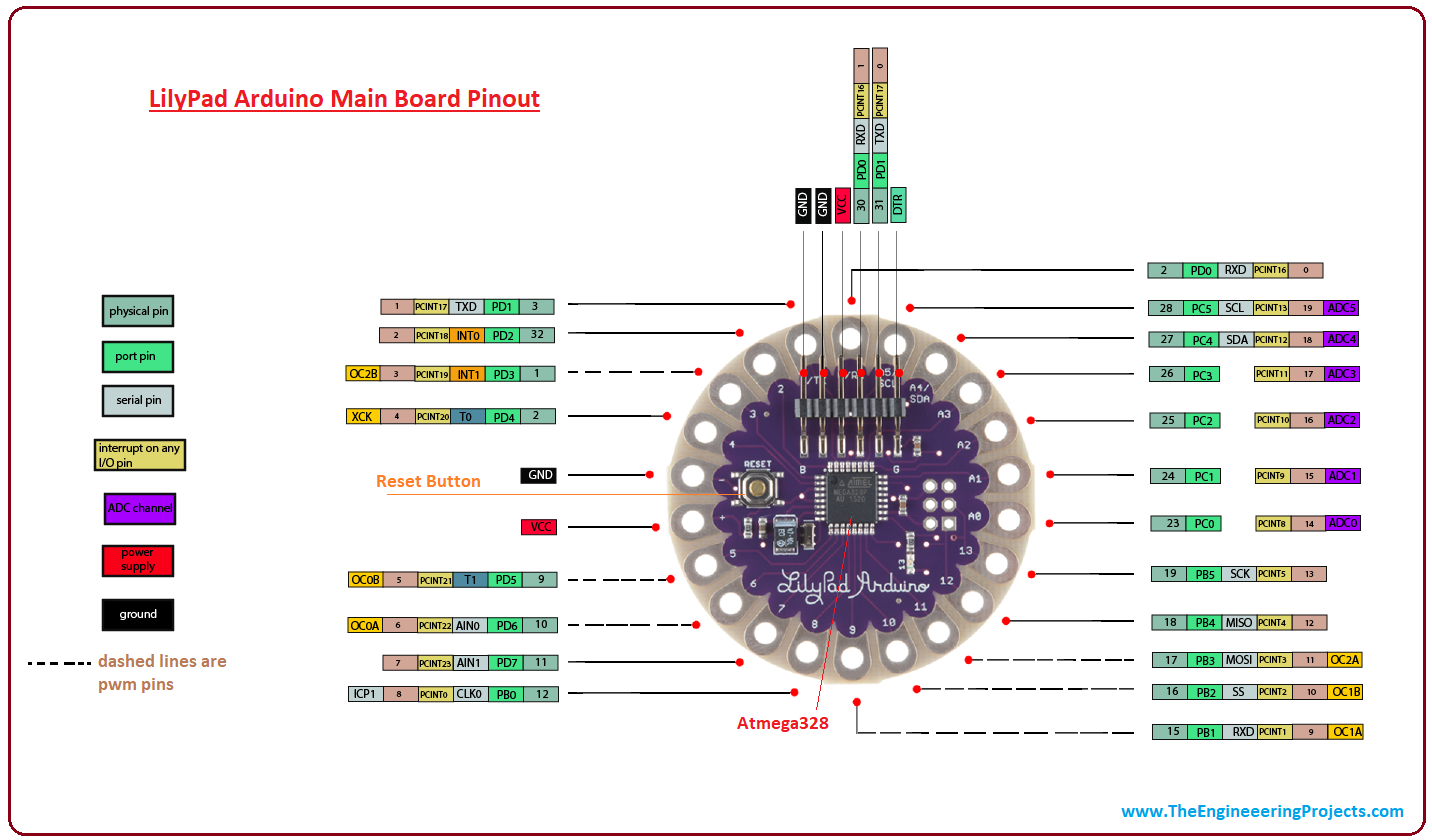rgregson19
New Member
Hi all,
I got on this site because I don't know much about technology or electricity and need an expert's advice on a little project I'm doing. I'm actually a writer working on a dystopian novel, inspired by the movie In Time with Justin Timberlake, except in my dystopian society, currency isn't minutes- rather, a person's number of breaths. This is accomplished by electrical 'collars' engineered around the necks of civilians that have counters on them to see how fast or frequent a person breathes. These collars can also be used to barter, trade, or buy products by taking away or adding to a person's breath count, shortening (or lengthening) their life. They are also tied to an individual's biosignatures, such as vocal range, heart range, DNA, etc., and are therefore as unique as a finger print.
Rant over, how would a person, the main character, take over an electrical grid as large as this collar system that spans the width and length of America? Again, I know nothing about this kind of stuff, so I need an expert's advice in order to make my story as believable and complex as possible. I assume they would work sort of like cell phones..
I got on this site because I don't know much about technology or electricity and need an expert's advice on a little project I'm doing. I'm actually a writer working on a dystopian novel, inspired by the movie In Time with Justin Timberlake, except in my dystopian society, currency isn't minutes- rather, a person's number of breaths. This is accomplished by electrical 'collars' engineered around the necks of civilians that have counters on them to see how fast or frequent a person breathes. These collars can also be used to barter, trade, or buy products by taking away or adding to a person's breath count, shortening (or lengthening) their life. They are also tied to an individual's biosignatures, such as vocal range, heart range, DNA, etc., and are therefore as unique as a finger print.
Rant over, how would a person, the main character, take over an electrical grid as large as this collar system that spans the width and length of America? Again, I know nothing about this kind of stuff, so I need an expert's advice in order to make my story as believable and complex as possible. I assume they would work sort of like cell phones..


